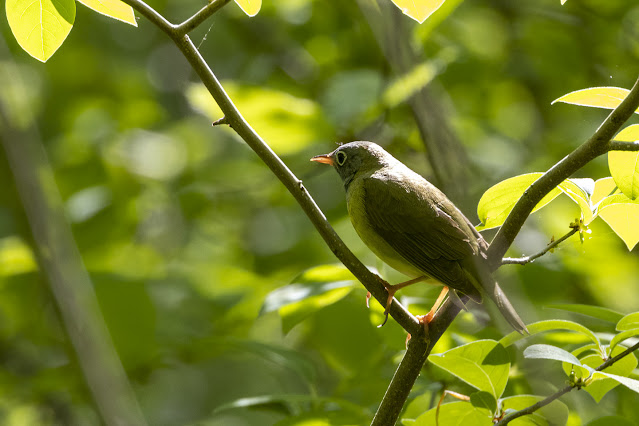Look who's back.

Bob our Northern Bobwhite showed up in the yard again today. He ranges up and down the dunes covering about 6 km - 3.5 miles. Anne put out some mixed seed for him and 16 blackbirds showed up. None when near Bob. Maybe he's the bad, bad, LeRoy Brown of the bird world. Rondeau Provincial Park, May 30, 2023. Colinus virginianus. The bobwhite genus is represented by more than 700 known fossils, dug up in sites ranging from Florida to Arizona to the Yucatan Peninsula of Mexico. Some of these fossils are at least 2.5 million years old. source- https://www.allaboutbirds.org/guide/Northern_Bobwhite/
























